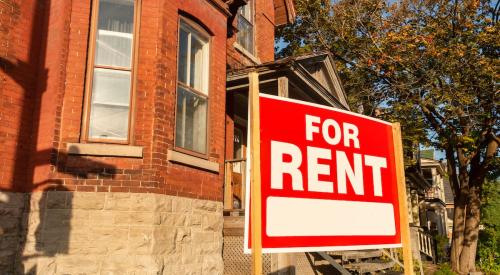Single-family rentals have been an important part of the U.S. housing stock for some time. In 2001, renters living in single-family homes numbered 10.9 million (just under 30% of all renters at the time) and in 2016 that number peaked at 15.2 million during the foreclosure crisis. More recently, the number of single-family rentals (SFR) has dropped as the for-sale market has picked up, and many homes that were previously rented returned to owner occupancy. But even with these recent declines, there are still 3.5 million more single-family renters compared with how many renters there were two decades ago.
The Joint Center for Housing Studies of Harvard University looked at investor activity for SFR over the past 20 years, examining which homes investors are most likely to purchase and which markets had the most investor activity, along with other data, and identified eight significant facts, including:
3. Investors are most likely to purchase lower-cost homes
In the fourth quarter of 2022, investors purchased nearly one-third of homes sold in the bottom third by metro area sales price compared to about one-quarter of homes that sold in the top third. Investors have the potential to exacerbate the already extremely limited inventory of homes for sale, especially entry-level homes for first-time and moderate-income homebuyers, as well as in markets where investors are most active.
4. Investor activity is especially pronounced in Sun Belt markets with strong rent and population growth
According to data from Redfin, investors purchased nearly one-third of homes sold in Miami (31 percent) in the fourth quarter of 2022 and about one-quarter in Jacksonville (27 percent) and Atlanta (25 percent) (Figure 2). While investor activity is generally lower in the Northeast and Midwest, investors still purchased one-fifth of homes in markets like Philadelphia and Cleveland. These represent a continuation of longer-term trends. ...













